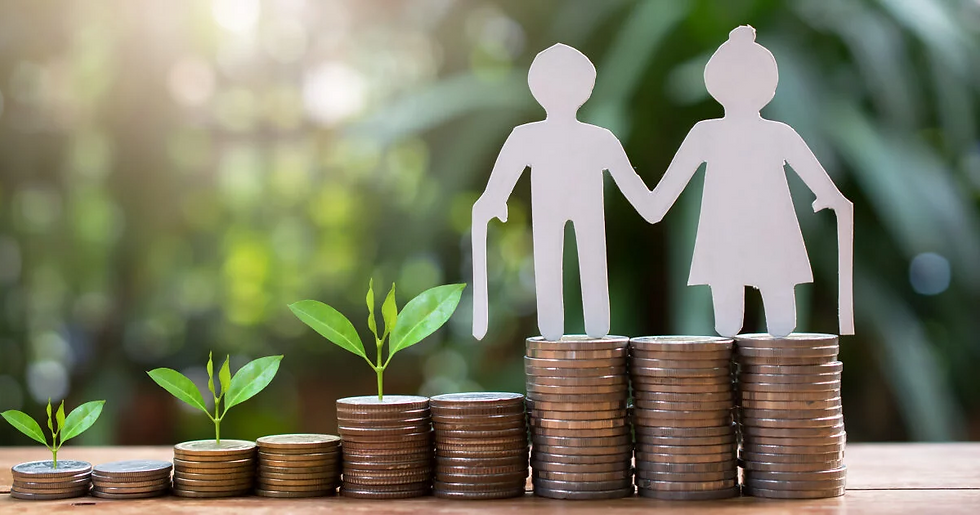Tesla Struggles With Declining EV Sales and Uncertain Robotaxi Future
- Flexi Group
- Jul 28
- 4 min read
Tesla and CEO Elon Musk are facing mounting challenges as the company grapples with falling electric vehicle sales and a long-promised autonomous driving business that has yet to achieve meaningful traction. During Tesla’s latest earnings call, Musk claimed that the company is “getting the regulatory permission to launch” robotaxi services in multiple U.S. states, including California, Nevada, Arizona, and Florida. He projected that the service would reach “half the population of the US by the end of the year” and scale significantly by the end of 2026.

Despite these assertions, Tesla’s actual robotaxi operations remain extremely limited. The company is currently operating only a small fleet in Austin, Texas—one that is not yet open to the general public. Meanwhile, obtaining the necessary regulatory approvals, particularly in California, is likely to be a more formidable challenge than Musk implied.
“Tesla cannot afford a misstep with the robotaxi service,” said Shawn Campbell, an adviser at Camelthorn Investments and a Tesla shareholder. “The wheels are coming off” Tesla’s core automotive business, he added, pointing to widespread sales declines. “Almost every market” has experienced deterioration, and the situation is exacerbated by what Campbell described as a worsening performance in the electric vehicle segment.
Tesla’s sales dropped by 13 percent in the first half of 2025, a decline that analysts attribute to an aging product lineup and reputational damage stemming from Musk’s polarizing political activity. With no new affordable models expected until late in the year and the upcoming expiration of a $7,500 federal tax credit for EV buyers, Musk acknowledged during the call that the company could face “a few rough quarters.” Ross Gerber, CEO of Gerber Kawasaki Wealth and Investment Management and a longtime Tesla investor, commented, “The numbers kind of speak for themselves. They’re bad for a growth company, which isn’t growing.”
The market’s response has been swift and negative. Tesla’s stock fell by 6 percent in premarket trading on July 24 and is down nearly 18 percent year-to-date. Musk’s promises around robotaxis and full self-driving technology have taken on greater importance as investors scrutinize the company’s valuation, which still hovers around $1 trillion.
However, Tesla’s ambitious plans are bumping up against significant regulatory barriers. Questions during the July 23 earnings call largely centered on the timeline for robotaxi deployment and the hurdles Tesla faces in getting the required clearances. Musk stated that the robotaxi business could have a “material impact” on Tesla’s financials by the end of next year. That projection marked a slight delay from his April prediction that robotaxis would become financially significant “around the middle of next year,” and his forecast that “millions of Teslas operating autonomously” would be on roads by the second half of 2026.
California, which Musk identified as a key market for expansion, presents a particular challenge. State regulators told Reuters that Tesla has not yet applied for the necessary permits to charge passengers for fully autonomous rides. Both the California Department of Motor Vehicles (DMV) and the California Public Utilities Commission (CPUC) require a series of approvals for autonomous vehicle testing and deployment, and Tesla has so far obtained only the first of these permits. Spokespersons for both agencies confirmed that Tesla has not submitted applications for the additional required permits.
Tesla did not respond to a request for comment, but the company disclosed in a July 24 filing that regulators have requested more information regarding its robotaxi plans. Regulatory approval in California can be a lengthy process, as demonstrated by Alphabet’s Waymo, which took nine years, logged more than 13 million miles, and secured seven different approvals before it was allowed to charge passengers for rides in 2023.
In contrast, Tesla has logged only 562 miles of autonomous testing in California since 2016 and hasn’t reported any autonomous-driving miles in the past six years, according to state data.
Paul Miller, principal analyst at consultancy firm Forrester, emphasized the significance of Musk’s qualification that expansion was “subject to regulatory approvals.” Miller noted, “That caveat is an important one, as regulatory approvals take time.”
Other states mentioned by Musk could prove more amenable. In Arizona, for example, the Department of Transportation confirmed that Tesla contacted officials last month and submitted applications for testing and operating autonomous vehicles with and without a safety driver. A decision is expected by the end of July. However, the company will still need additional permits to operate a ride-hailing service and must submit safety procedures for law enforcement interactions with its vehicles.
In Nevada, DMV officials confirmed they had recently discussed the regulatory process with Tesla, but the company had not yet taken further steps. Officials in Florida have not responded to inquiries about Tesla’s regulatory status in the state.
Tesla’s robotaxi program in Austin also remains shrouded in ambiguity. Gene Munster, managing partner at Deepwater Asset Management and a Tesla investor, expressed disappointment at the lack of details provided during the earnings call. “It seemed like he wanted to kind of steer clear of really putting hard estimates out there for how things play out,” Munster said. He noted that Tesla gave no clear timeline on when the Austin service would be available to the public or how many vehicles would be in operation.
As Tesla attempts to pivot from struggling EV sales to a future built on autonomy, the path forward remains fraught with uncertainty and regulatory complexity. Whether Musk’s latest robotaxi promises will finally materialize—or follow the path of his previous projections dating back to 2016—remains to be seen.
By fLEXI tEAM
.png)
.png)







Comments